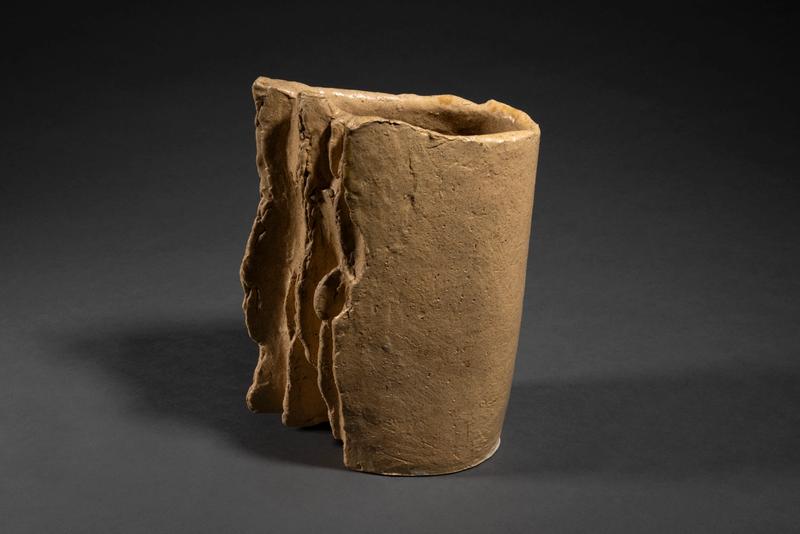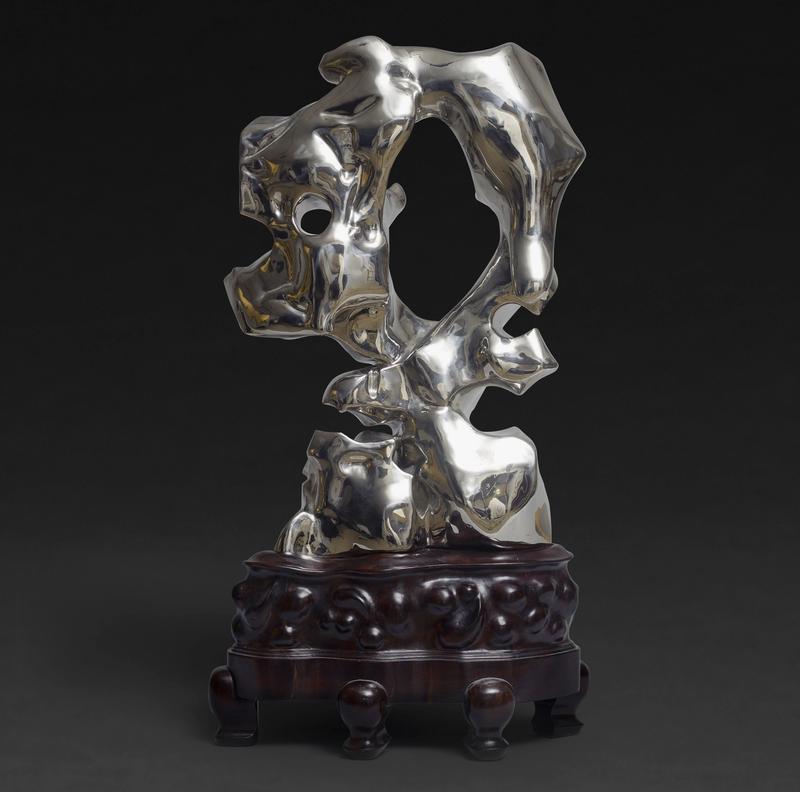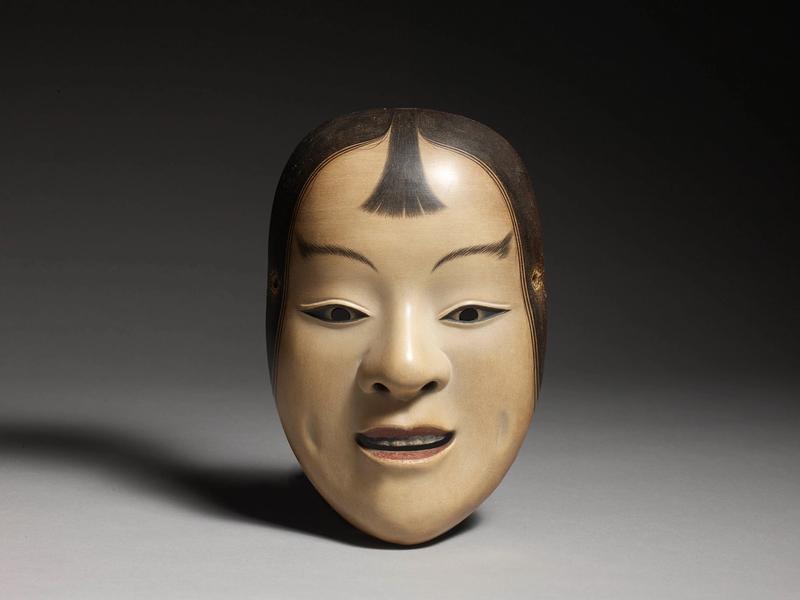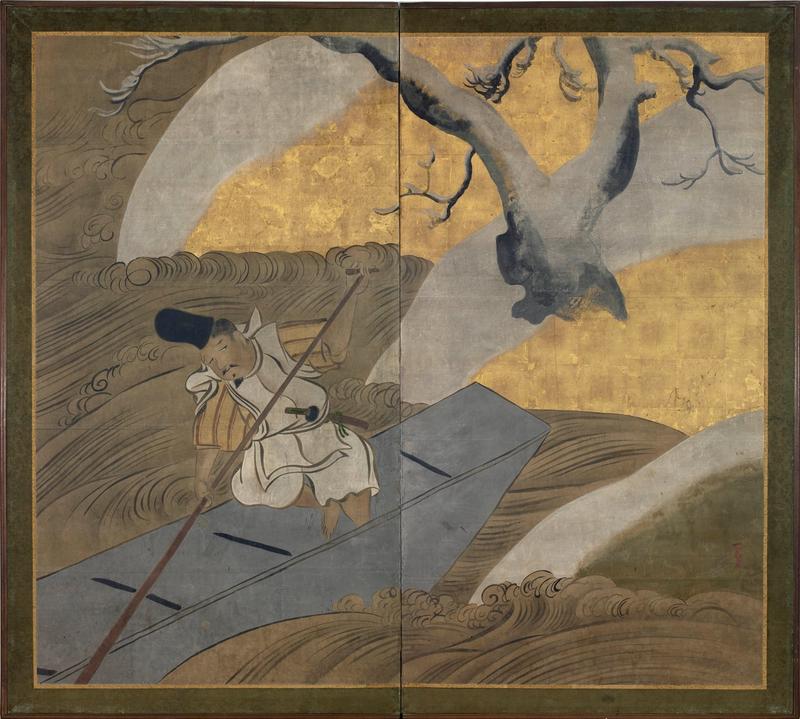A pottery vessel by Suzuki Osamu
An asymmetrical pottery vessel of abstract form with a sand coloured glaze by by Suzuki Osamu (1926-2001).
Impressed seal mark: Su
Japan, 20th century, circa 1968-69*.
Tomobako (original box):
Titled Henko (flat vase), signed Osamu saku (made by Osamu) and sealed Osamu
Provenance:
Inscription on the base reads S (Showa) 44. 10. Osaka Geijutsu Daigaku Tukamoto Hideyo Gakucho yori (Presented by Tsukamoto Hideyo, the first director of Osaka University of Arts in October, 1969)
* As the artist bio attached to the box stops at 1968 and the inscription on the base refers to 1969 (Showa 44), this vase was most likely made between the two years. In 1968, Suzuki became an associate professor at the Osaka University of Arts, where the former owner Tsukamoto Hideyo was working as a director. Tsukamoto presumably acquired this vase at that time or soon after Suzuki joined the university.




















